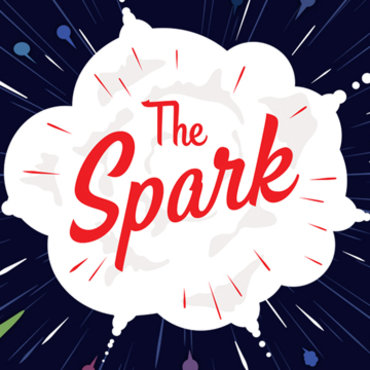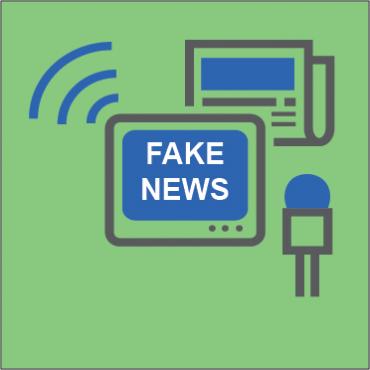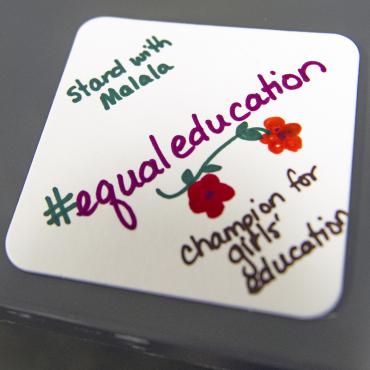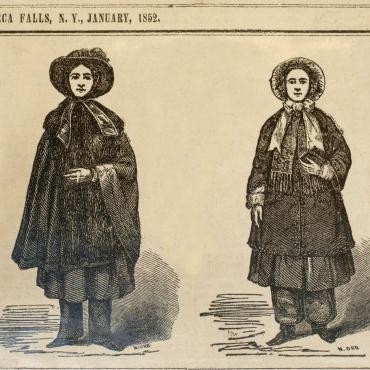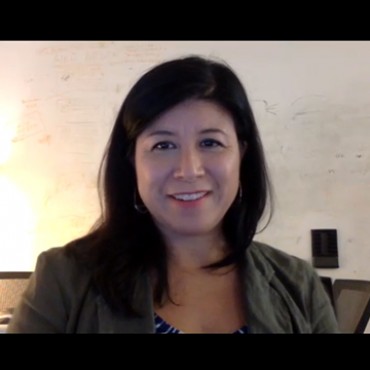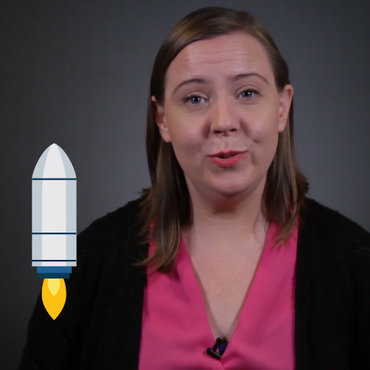
Lesson Plan
Believe It or Not? Time to Talk Back
Students go from news consumers to creators in this activity that allows them to respond to a news story or opinion piece.
Get even more great free content!
This content contains copyrighted material that requires a free NewseumED account.
Registration is fast, easy, and comes with 100% free access to our vast collection of videos, artifacts, interactive content, and more.
Sign Up
?
NewseumED is provided as a free educational resource and contains copyrighted material. Registration is required for full access. Signing up is simple and free.
With a free NewseumED account, you can:
- Watch timely and informative videos
- Access expertly crafted lesson plans
- Download an array of classroom resources
- and much more!
Duration
More than 90 minutes
Topic(s)
- Current Events
- Journalism
Grade(s)
- 6-12
- Ask your students if they agree with everything they see on TV, read about in newspapers/magazines or hear on the radio. Do you ever have unanswered questions? Discuss responses.
- Tell them they will create a response to a news story, editorial or opinion piece that they disagree with or leaves them with unanswered questions. They will create a project to counter or expand on the other report.
- First they need to find a story and complete the worksheet. Share the publications you have gathered and/or or give them internet access. Give students time to select and read an article of interest.
- Remind students the activity is about talking back. They should find an article they want to respond to.
- Ask students to share their findings and discuss.
- Allow students time in class or at home to create their project.
- You may discuss project ideas as a group. (Examples: blog entry, video blog, column/article, cartoon, etc.)
- Share and discuss completed projects as a group.
- Time to Talk Back worksheet (download), one per student
- Tools to create their own project (computers, video recorders, cameras, posters)
- A selection of news publications for students to review for articles
- Internet access (optional)
- How can you communicate with the news publication directly?
- What did this assignment teach you about reading the news?
- What types of questions should you ask yourself as you consume news each day?
-
Common Core State Standards: CCSS.ELA-LITERACY.CCRA.R.1
Read closely to determine what the text says explicitly and to make logical inferences from it; cite specific textual evidence when writing or speaking to support conclusions drawn from the text. -
Common Core State Standards: CCSS.ELA-LITERACY.CCRA.W.1
Write arguments to support claims in an analysis of substantive topics or texts using valid reasoning and relevant and sufficient evidence.
-
National Center for History in the Schools: NCHS.US History.Era 10
Standard 1: Recent developments in foreign policy and domestic politics Standard 2: Economic, social, and cultural developments in contemporary United States
-
National Council of Teachers of English: NCTE.3
Students apply a wide range of strategies to comprehend, interpret, evaluate, and appreciate texts. They draw on their prior experience, their interactions with other readers and writers, their knowledge of word meaning and of other texts, their word identification strategies, and their understanding of textual features (e.g., sound-letter correspondence, sentence structure, context, graphics). -
National Council of Teachers of English: NCTE.6
Students apply knowledge of language structure, language conventions (e.g., spelling and punctuation), media techniques, figurative language, and genre to create, critique, and discuss print and non-print texts. -
National Council of Teachers of English: NCTE.7
Students conduct research on issues and interests by generating ideas and questions, and by posing problems. They gather, evaluate, and synthesize data from a variety of sources (e.g., print and non-print texts, artifacts, people) to communicate their discoveries in ways that suit their purpose and audience.












